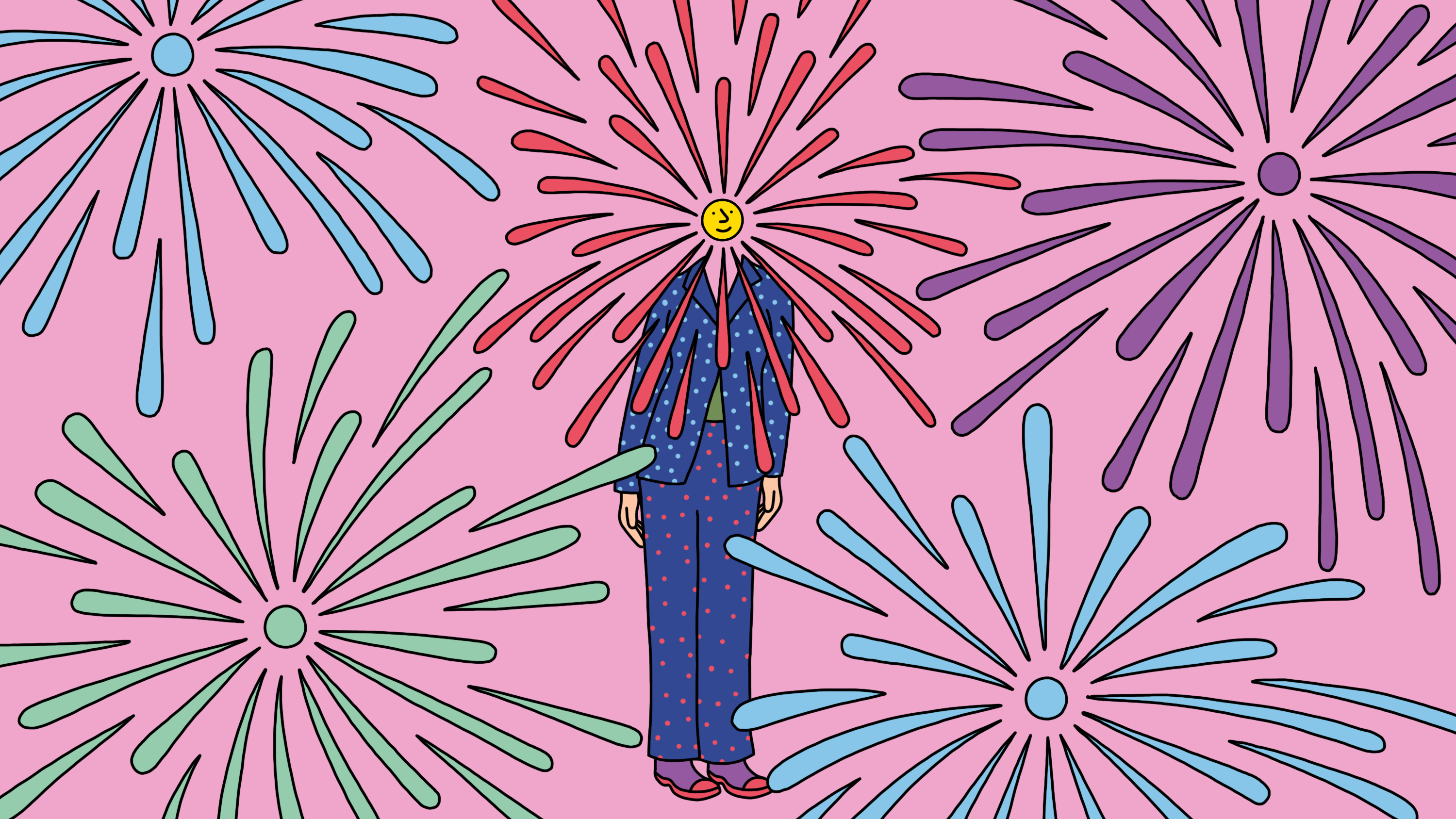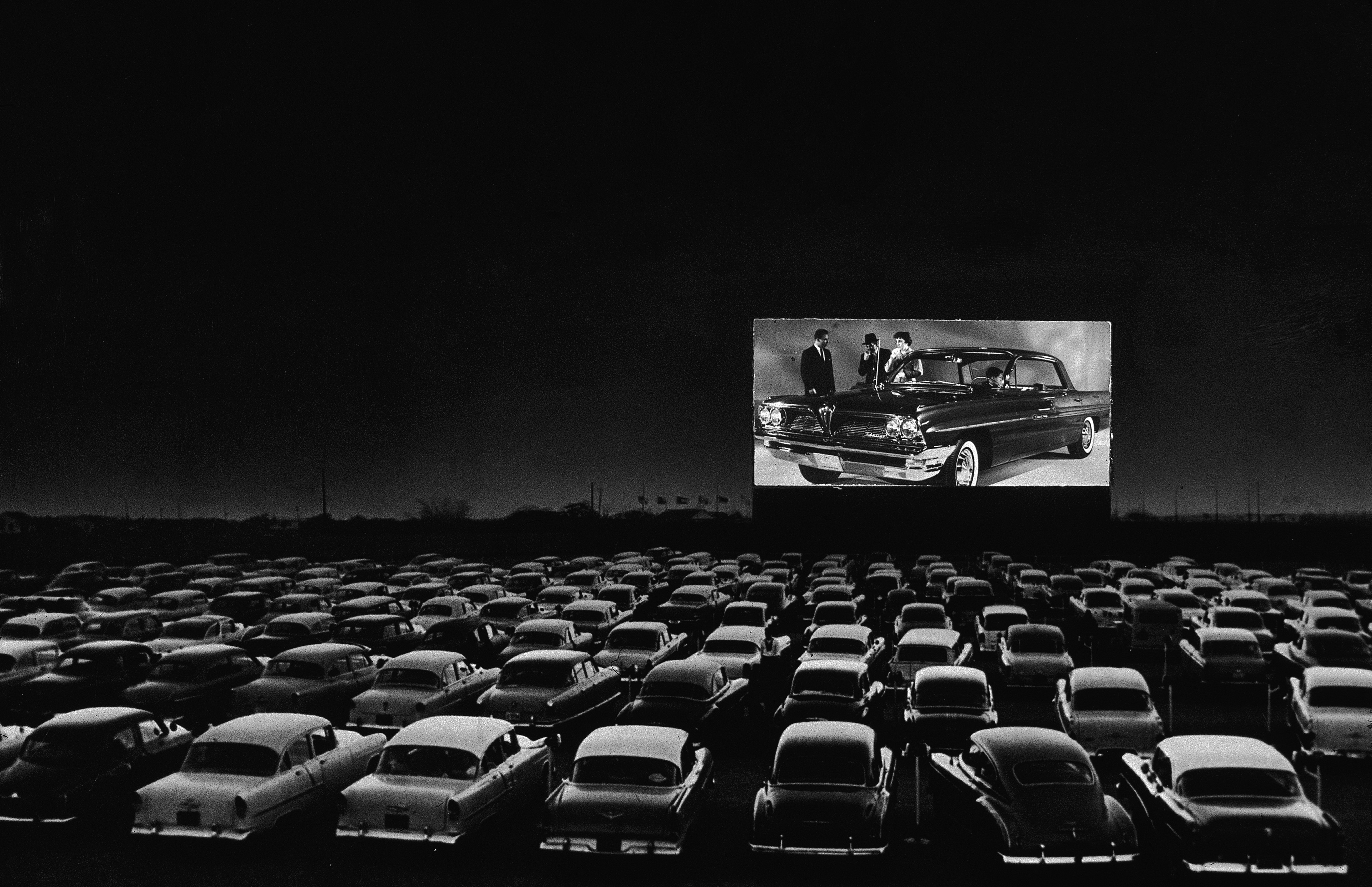What Color Is a Hot Dog?
6 min read
This is an edition of The Atlantic Daily, a newsletter that guides you through the biggest stories of the day, helps you discover new ideas, and recommends the best in culture. Sign up for it here.
Two years ago, I had a conversation that I have thought about almost every day since. Some pals and I were playing a board game, and—don’t worry, I will not try to explain the rules of a board game to you here. But suffice it to say, it involved naming colors. And suffice it to say that, in the course of the game, my friend Estelle, an otherwise-bright young lady with a promising future ahead of her, revealed that in her mind’s eye, “hot dog” was a color somewhere between a late-summer tomato and a new brick.
It was one of those moments that reminds you how fundamentally unknowable other people really are, and that even our basic material reality is, at the end of the day, a fiction. Since then, I have been a little haunted by it, and in turn have haunted other people. I’ve asked strangers and friends alike what they think; no one has agreed, and everyone has been at best slightly dumbstruck and at worst actively disturbed by the question. Sometimes it seems like modern life, especially life on the internet, is just one inconsequential food argument after another until you die, but this felt different—more unsettled, and also somehow darker. The hot dog is the most American food. What does it mean if we can’t agree on something as basic and low-stakes as what color it is?
ChatGPT told me that hot dogs are “brownish.” Claude, Anthropic’s AI assistant, said “pinkish-brown.” My colleagues described them, when asked, as, variously, red, brown, dark pink, “pink with a spray tan,” and, sorry, flesh. A 2022 Tasting Table article takes for granted their “prominent pink” hue, but Nathan’s Famous instructs home cooks to be looking for “that perfect brownish-red color.” The hot dogs that race for glory at my local minor-league-baseball stadium are definitely brown, but online, you can buy a hot-dog mascot costume the exact color of a maraschino cherry. Using Photoshop’s Eyedropper tool and a color database, my colleague Alan Taylor, a senior photo editor, discovered that a photo of hot dogs he’d found online was a mostly red color called “Ecstasy”(!). But according to Pantone’s color-swatching phone app, the mass-market franks at my corner grocery store are the closest match with “Brass Knuckles,” a sort of coppery color that is defined by the Encycolorpedia as being, if you can believe this, a member of the orange family.
It gets worse. Even the people who have devoted their intellectual lives to tube meat and/or what color things are couldn’t point me any closer to consensus. Jamie Loftus, the author of Raw Dog: The Naked Truth About Hot Dogs, told me hot dogs were brown. Maureen Ogle, the author of In Meat We Trust: An Unexpected History of Carnivore America, strongly believes that they are pink. Eric Mittenthal, the president of the National Hot Dog and Sausage Council, described them as red, and then caveated that he wasn’t a color expert. Donna Frasca, an actual color expert, asked if I was “serious with this question,” told me it was “complicated,” and then hung up on me.
In a sense, Frasca was the most correct. It is complicated. All color perception is subjective, affected by biology, language, and culture—try asking what color a tennis ball is at your next social gathering and let me know how it goes. And hot dogs aren’t a fixed entity, as much as we may think of them that way: Unlike most other packaged foods, they are not a single product made by a single company with a single recipe, but rather a whole category with plenty of variation. (For example, the dogs many Americans, particularly those in North Carolina and Maine, chow down on today will be genuinely, incontrovertibly Estelle-style red, made by beloved regional companies using food coloring, as was common nationwide until the 1970s. My friend Kaitlyn, meanwhile, grew up eating white hot dogs in Western New York.) Their color can be affected by a whole host of factors: additives, curing agents, the type of casing they’re in, how long they’ve been exposed to oxygen, how long they are cooked.
I suspect those curing agents are largely to blame for some of the confusion here, and also for why this question makes people so disoriented. Many hot dogs are treated using nitrites, which very helpfully inhibit bacterial growth but also happen to change how the protein myoglobin, found in some animal muscles, functions. In uncured red meat, oxygen binds to myoglobin, which turns it bright red. But over time, as the meat is continually exposed to air, the oxygen molecules break free, and iron oxidation turns the meat brownish-gray. Nitrites also bond to myoglobin and turn it red, but they bond much more stably than oxygen. As a result, hot dogs stay redder longer—and defy our most basic understanding of how meat is supposed to look. They disrupt what my colleague Ian Bogost calls “the raw/cooked dyad”: “In our hearts, I believe we want cooked meat to be ‘brown,’” he told me in an email, after confessing that he had lost sleep the night I asked the hot-dog question. (His final answer: “Hot dogs are hot dog in color.”) “But we also know hot dogs are red (or red-pink at least). So the hot-dog color issue is particularly charged.”
I would never disrespect hot dogs, but I think we can all agree that they are pretty weird. They are a color quite literally not allowed by nature. Their texture—pliant, uniform, snappy, springy, soft but also kind of … hard …?—is unlike just about anything else on Earth, and certainly at the grocery store. They are the subject of some of the most pointless arguments and fiercest opinions in human history—Loftus told me someone once threatened to kill her over her hot-dog order. They are a singular icon, both in the semiotic sense and in the more literal sense: They’re the only food I can think of that is also a famous car, or that we commonly pay people to dress up as at baseball games. They are a metaphor, and they are lunch. They are, Loftus told me, an “innocuous thing that comes with all this loaded meaning—it’s tied to your relationship to your childhood and your family, and your relationship to how you feel about living in America, to meat, to masculinity. I firmly believe that you can start on hot dogs and end anywhere, because it’s such a potent, bizarro symbol.” One that is, for the record, brown.
Related:
- An all-American hot-dog controversy
- How the chili dog transcended America’s divisions
Evening Read

Declare Your Independence—From Misery
By Arthur C. Brooks
On this day, Americans celebrate one of the most famous statements on happiness ever made: the Declaration of Independence’s assertion that there is an “unalienable right” to the “pursuit of happiness.” The Founders talked a lot about happiness, in fact, and much of their thinking reaches us today through their personal correspondence and other writings.
As a happiness specialist, I have always been puzzled by something about this early-American happiness advice.
Read the full article.
Culture Break

Watch. These 30 films flout convention and are unlike anything you’ve seen before, David Sims writes.
Read. “So—,” a poem by Daniel Halpern:
“You were that person / With / I shared those moments / With / That at the time / Had meaning only of the moment”
Play our daily crossword.
Stephanie Bai contributed to this newsletter.
Explore all of our newsletters here.
When you buy a book using a link in this newsletter, we receive a commission. Thank you for supporting The Atlantic.



